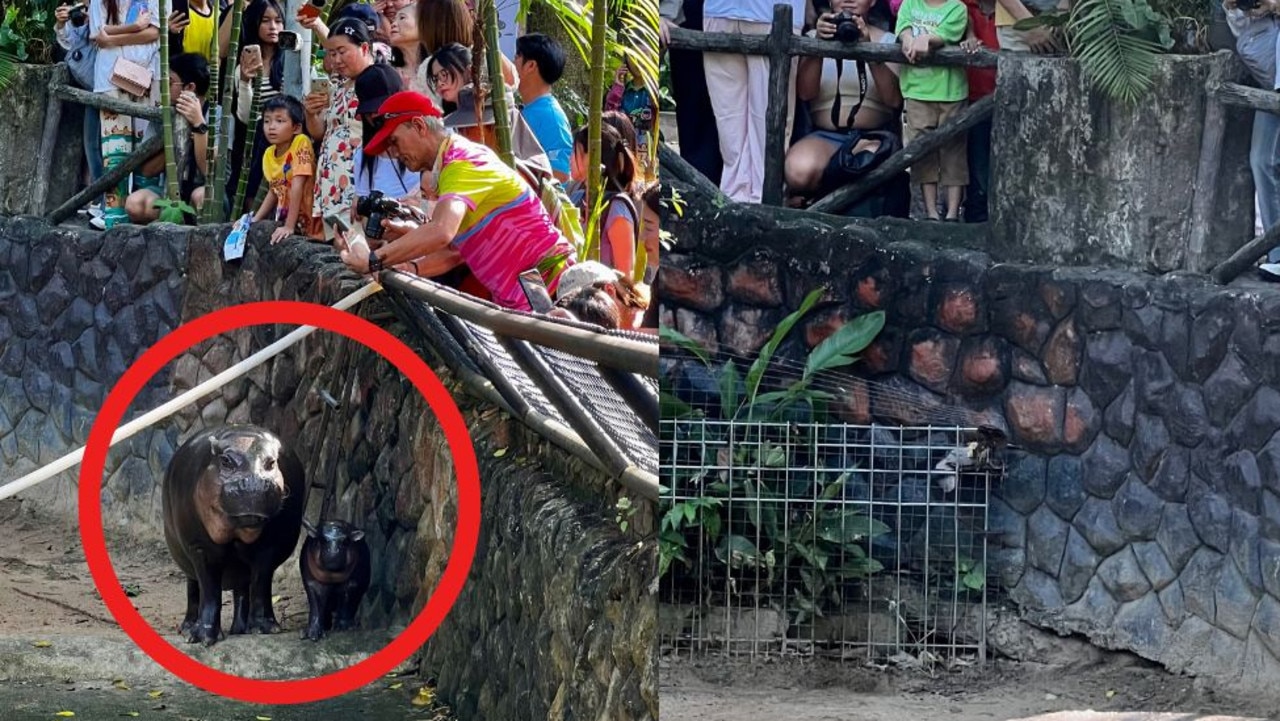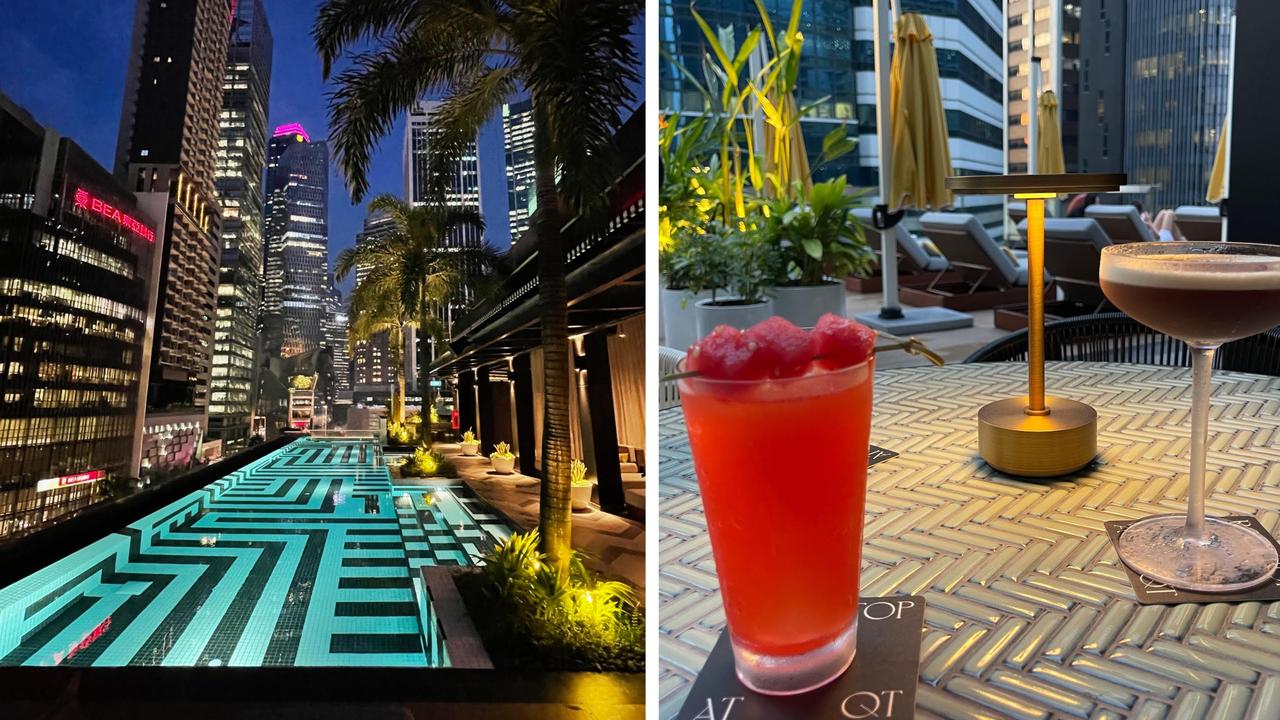Easy fix to huge travel mistake Aussies keep making
A recent overseas holiday revealed one big mistake many Aussie travellers are making right now – but there is an easy fix.
I found the hordes of tourists frequently overwhelming while sightseeing around Kyoto during a recent trip to Japan.
Every restaurant with good Google reviews had one-hour waits as tourists shivered in the cold outside; many of the city’s main tourist attractions.
Thinking I could outsmart the crowds, I planned a Monday morning excursion to a must-see spot just outside the city – the “peaceful” Bamboo Forest of Arashiyama.
As my bus pulled up, I realised there would be no peaceful Monday morning forest stroll. The crowds were music festival-level as I joined the throng for a slow march through the forest, everyone with their phones out trying to crop out the rest of the tourist rabble.
So much for outsmarting the crowd: I was the crowd.
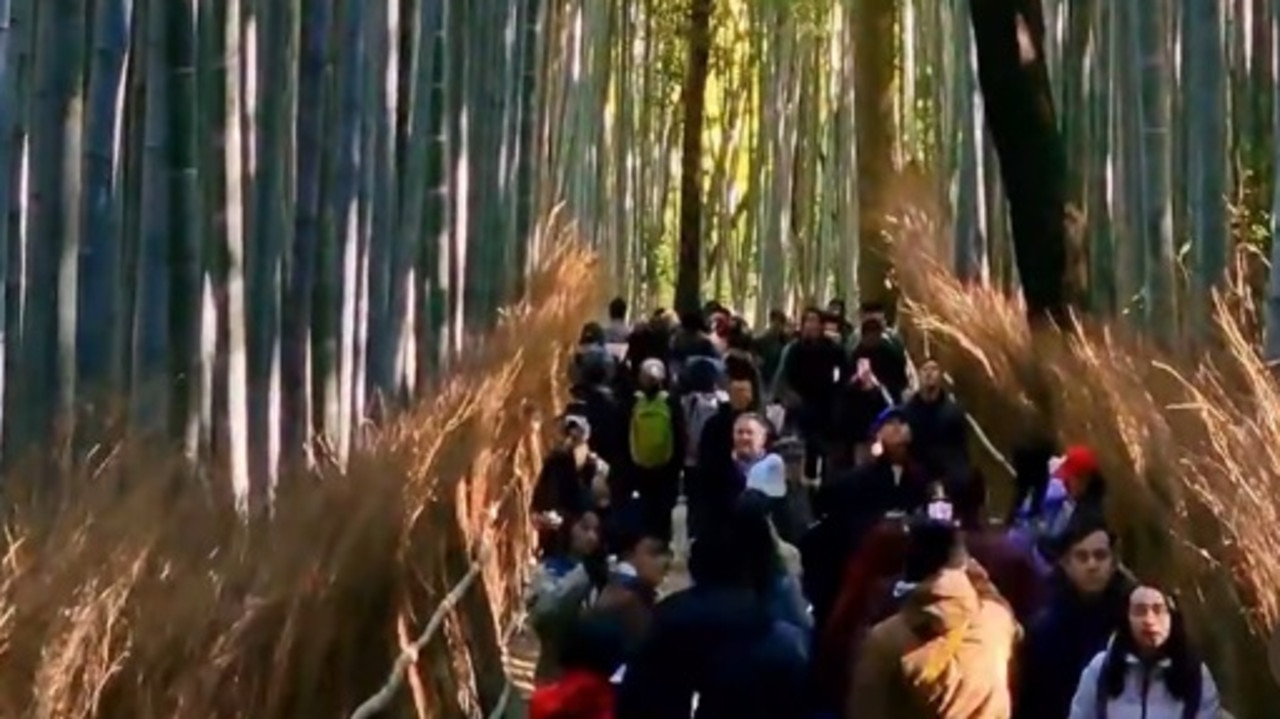
Overtourism is a real problem in Japan right now, as tourists from all over the world – especially Aussies – flock to the country (there’s even talk that Japan has now overtaken Bali as Australia’s favourite overseas holiday destination).
But – at least for now – it’s a problem with a relatively easy fix. Take it from a recent visitor: if you’re visiting the country anytime soon and you don’t want to be stuck in a crowd of fellow tourists, you need to think outside the box a little. But you needn’t look too far afield to escape the tourist trail
One such area is the Shizuoka prefecture, encompassing the coast south of Mount Fuji, around an hour from central Tokyo by shinkansen.
Spending a few days in the area in the middle of a recent 10-day trip to Japan was a revelation: gone were the tourists, but the beauty and spectacular sights remained.
What’s more, visiting an area not overrun with tourists gave me breathing space to actually immerse myself in Japanese culture – surely the goal for any curious traveller.
Hands-on cultural experiences
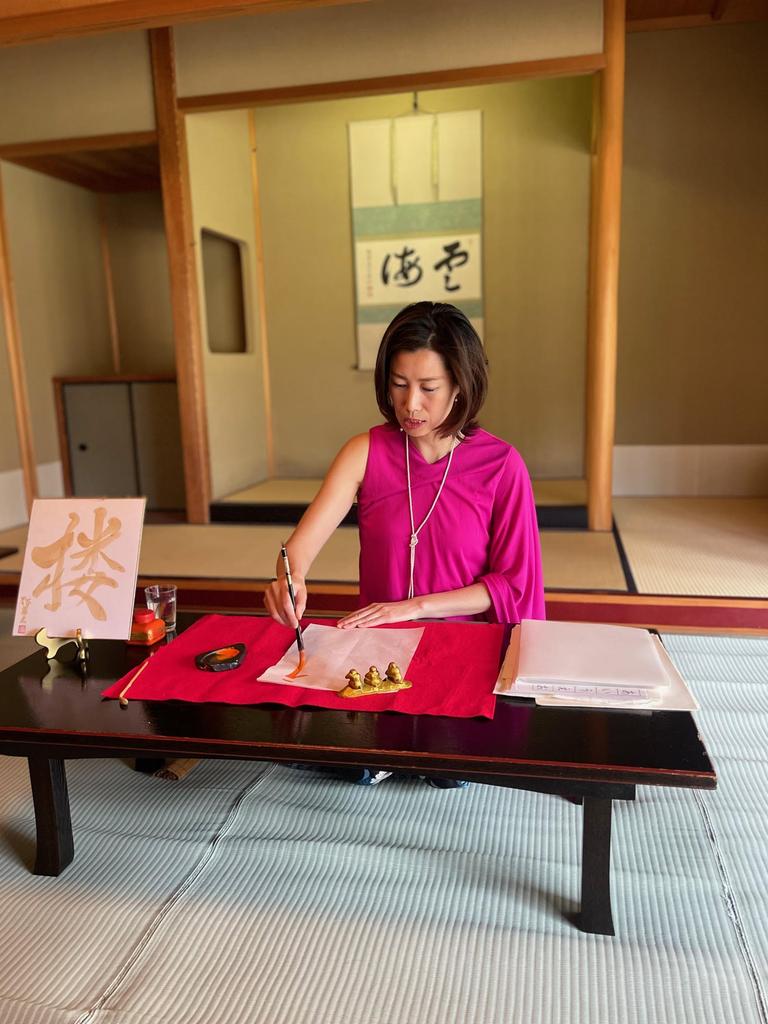

My first day in the area begins with a visit to Ihachi farm for a tea tasting (Shizuoka produces 40 per cent of the tea in Japan). Our taxi winds further and further up a steep mountain road, until we emerge in the farm’s mountaintop teafields, with spectacular views of the city and ocean below.
Farmer Takuya pours us samples of green and black teas, plus genmaicha, made from green tea mixed with roasted popped brown rice. As we sip, he tells us he’s the 15th generation of the same family to farm these fields – a family tradition that we soon find is common among various professions in Shizuoka.
After a hearty Bento box lunch, we make our way back down to the mountain for another very special look into an ancient art form: a lesson with Japanese calligraphy expert Shoran. She learned the art from her grandfather and, eager to ignite interest in calligraphy among younger people, she’s come up with a novel new spin on the form: Matcha calligraphy, using distinctive (and aromatic) green matcha powder to make her ink.
Calligraphy is a serious discipline in Japan – those who study it at university can spend weeks practising a single brushstroke of a character. My one-hour crash course is thankfully less exhausting, and ends with me having created my own souvenir to take home – even if the strokes in my attempt at the character for “tea” look slightly more … gherkiny than the ones in Shoran’s guide.
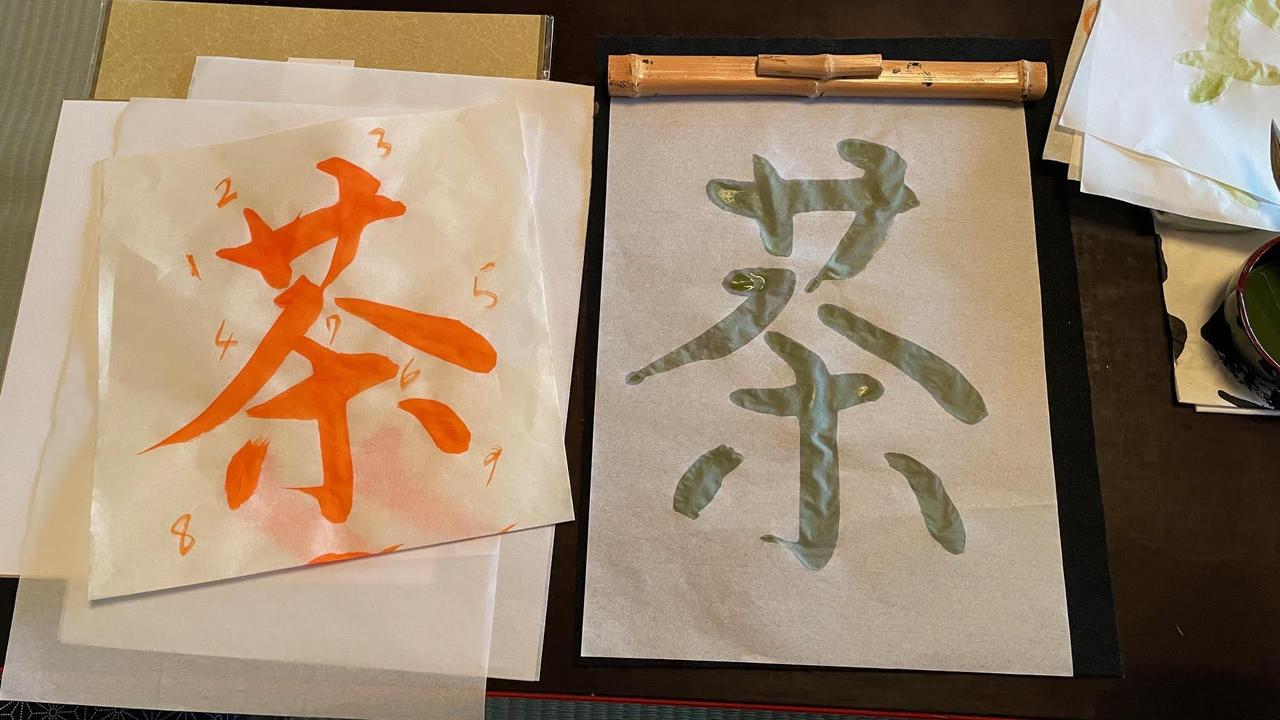
Our first day ends in the picturesque town of Mishima, staying in the plush Tokyu Hotel, open since 2020 and home to a top-floor onsen with perfect views to Mount Fuji (when those pesky clouds part – Fuji has a habit of hiding her glory; travellers need to be patient).
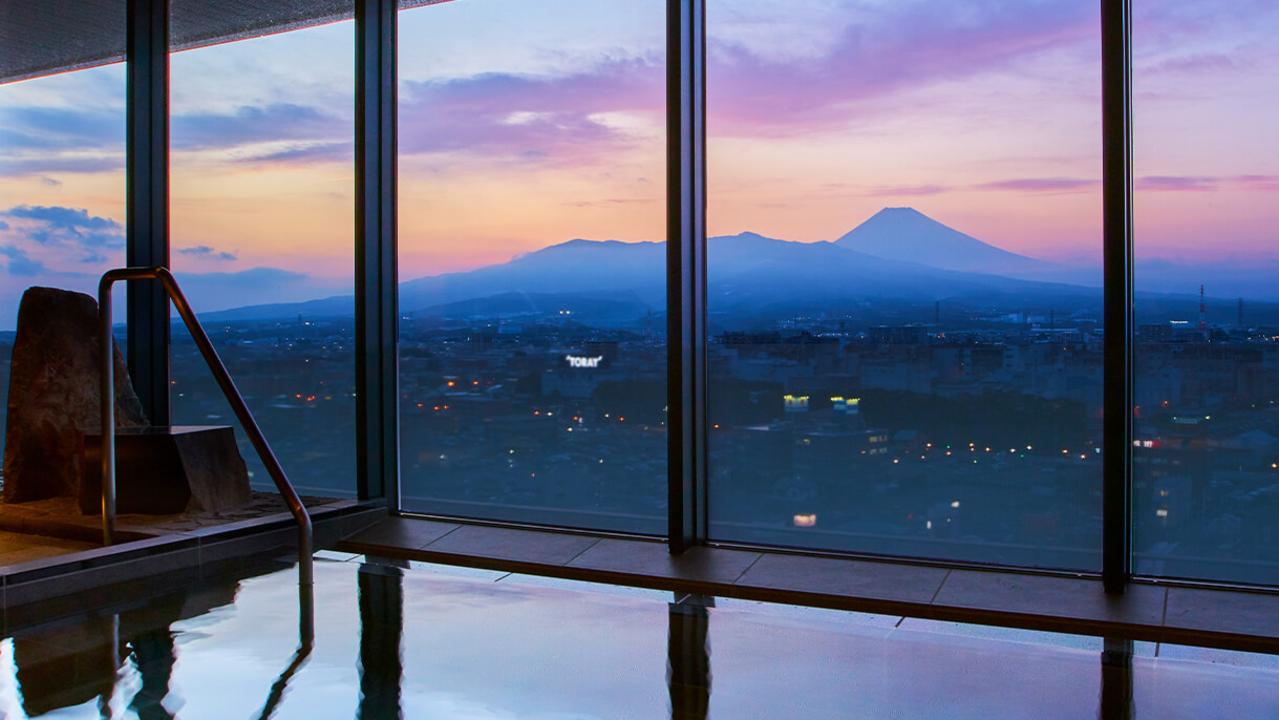
After four days bumping into my bed and suitcase in Kyoto, the large hotel room is heaven – even better is the stunning sight, a short walk away, of the Sakuragawa river, which flows crystal clear water from a nearby spring through the centre of town.
Hiking an ancient trail
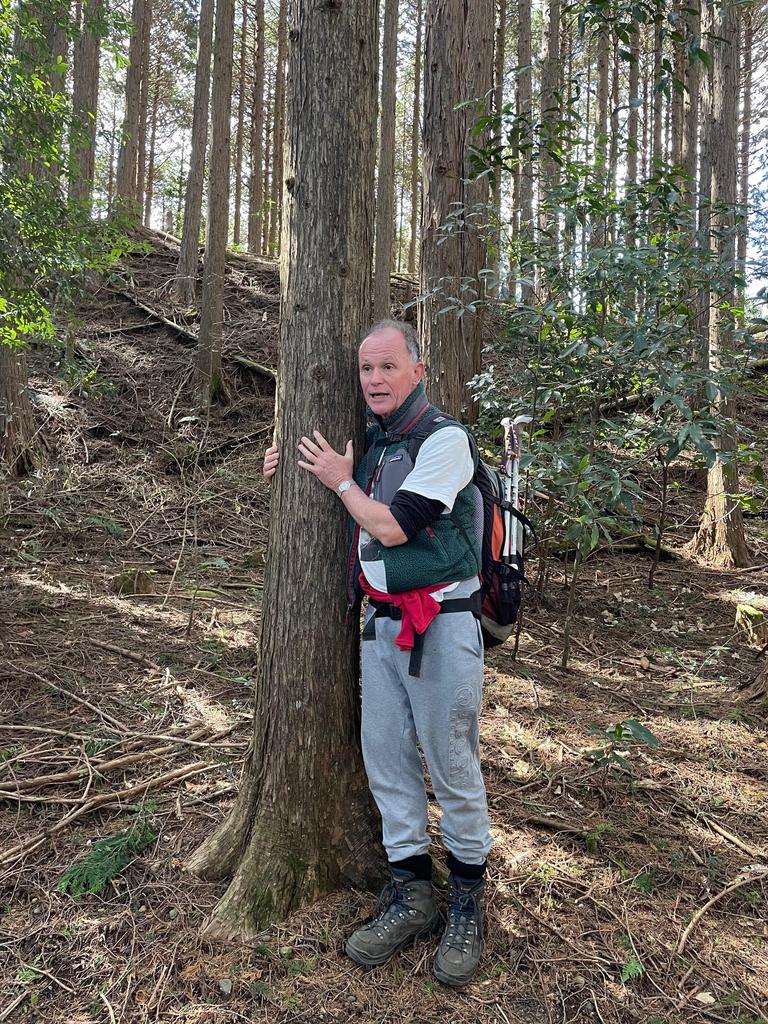
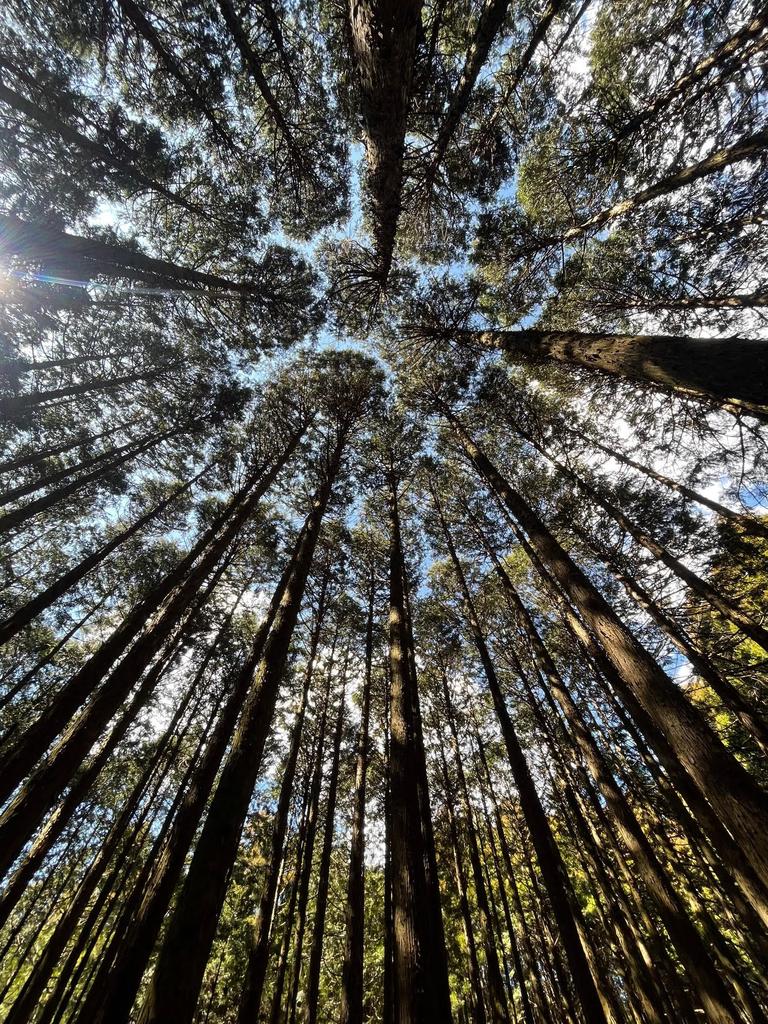
On day two, we meet with tour guide Tony Everitt – a Kiwi who’s lived in Japan for 16 years – to hike the Hakone Hachiri. Tony’s a magnetic guide, delving into the stories of Japan’s history as we walk a 12km section of the old Tokkaido, the ‘pacific coast highway’ between Tokyo and Kyoto that still exists as a walking trail.
We start out journey with sweet tea and snacks at the Amasake Tea House, run by Satoshi, the 13th generation owner. Aside from a few souvenir stands, little has changed in the past few hundred years: The floors are dirt, the seats are logs and the heat comes from an open wood fire. The tea we drink – a fermented rice concoction called Amasake – is the same recipe that was served to weary travellers on this route since the time of theShogun.
As we bid Satoshi farewell and set off on our hike, we pass the southernmost edge of Lake Ashi, and the bizarre sight of a Disney-esque pirate ship heading across the waters.
We’re close to another of those overrun tourist hotspots: the town of Hakone, a top result for anyone googling the top places to visit in Japan outside of the major cities.
Tony had taken an insistent tour group to the town yesterday: “It was like being on the Tokyo subway,” he sighs.
But as we turn away from the lake and head back into the forest, something remarkable happens: We don’t see another soul for the remaining six km of our walk. We pass through ancient pine forests, and visit shrines and signposts of huge historical significance, all with the time and space to really take them in.
Our walk concludes at Yamanaka Castle Ruins, the remnants of a 1500s mountain fort. As we climb a hill to take in the view, the clouds clear and Mount Fuji is before us … and we have her all to ourselves.
A once-in-a-lifetime treat
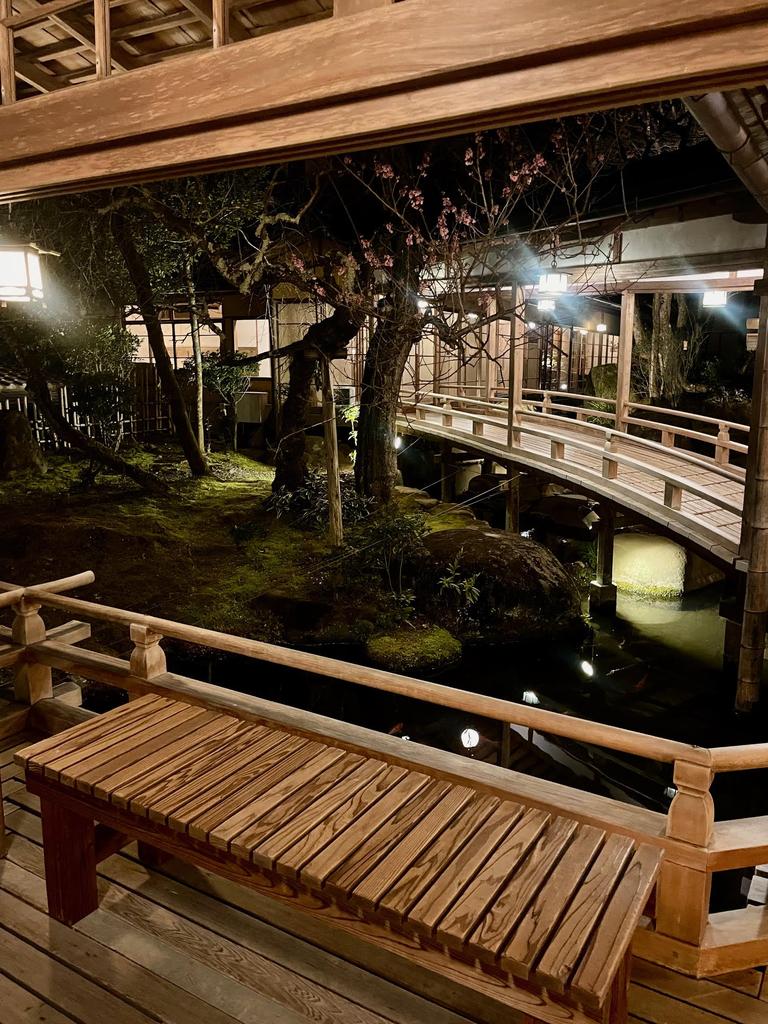

On our final night, we stay in the sort of digs that will be a very unique experience for most travellers: Arai Ryokan, a traditional guesthouse in the onsen spa town of Shuzenji.
To stay here is to immerse oneself in Japanese traditions: I’m given a traditional robe and slippers to change into on entry, and find my room, while huge, is next-level minimalist: Barely more a matted floor and a table where both breakfast and dinner are served.
Service here is to a level most Australians wouldn’t have experienced before: At one point, our waitress – or ‘nakai’ – apologises profusely when a strawberry on the artfully arranged dessert plate falls over as she serves it.
At morning I rise shortly after dawn to brave the cold air with an onsen before breakfast – this time at an open-air bath surrounded by beautiful gardens in the far corner of the property. Small birds sing their morning chorus on branches around us as I enter the steamy bath … I feel like Snow White; I’m sure the birds don’t agree.
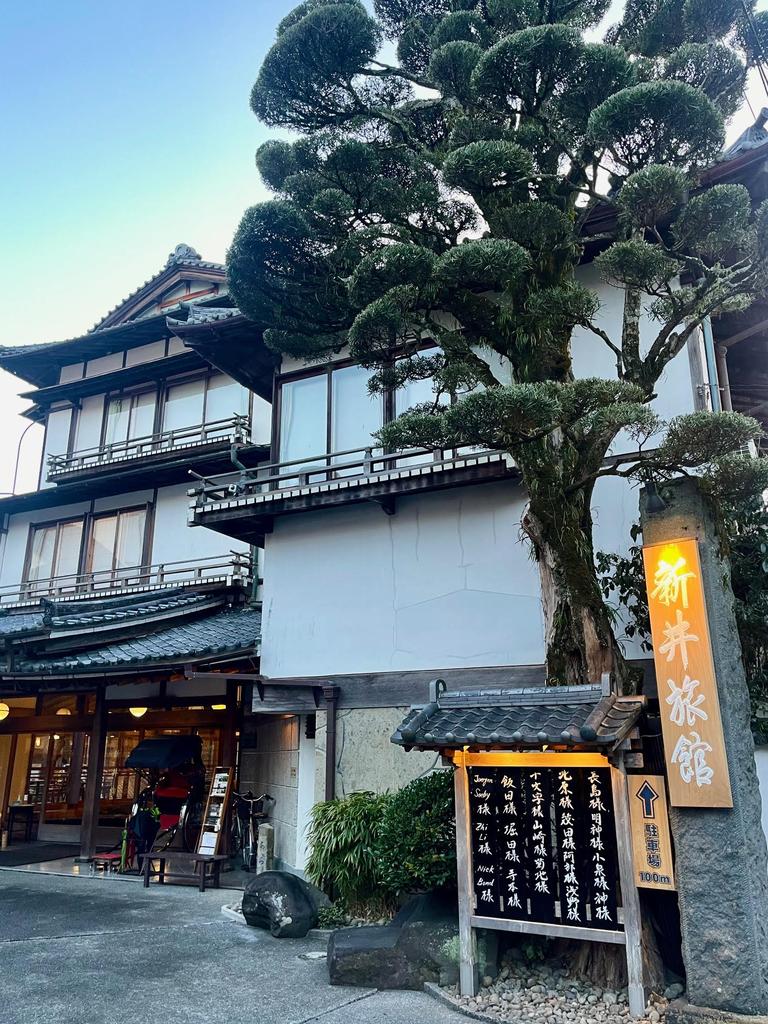
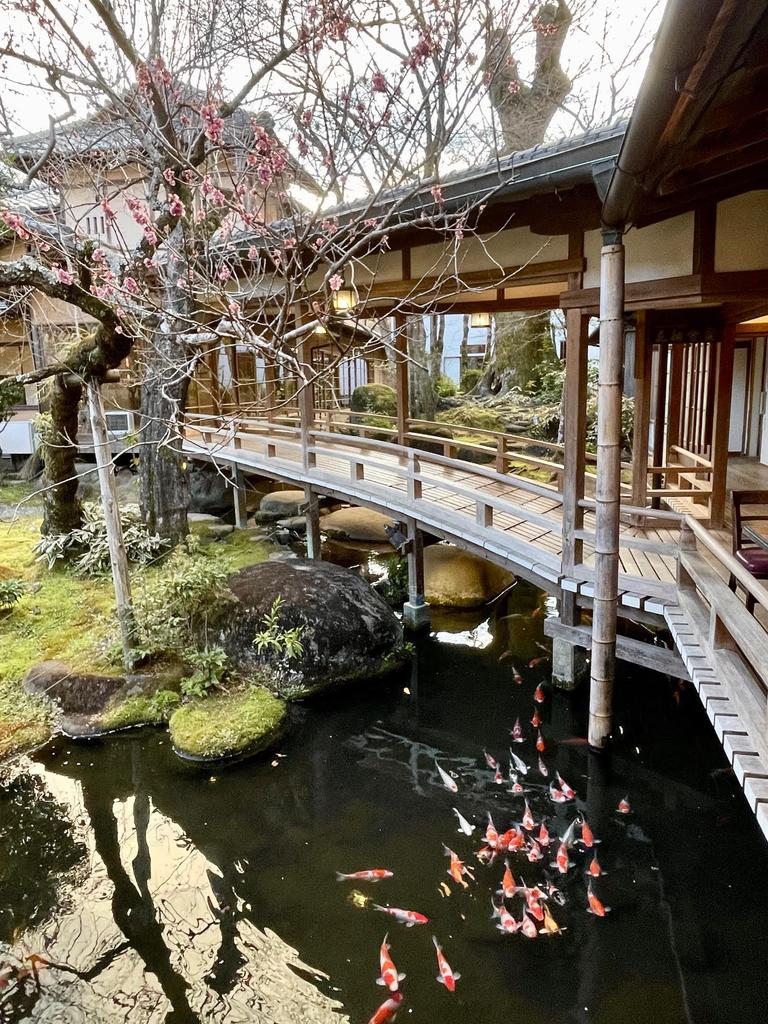
After checkout, we embark on a guided walking tour of Shuzenji, and again I see for myself how different an experience one can have in Japan when they avoid the over-touristed trails.
We visit the town’s stunning, giant temple – and feel genuinely serene, having the place almost to ourselves. At a local shop I sample possibly the most surprisingly delicious thing I eat on the entire trip – soft serve with wasabi – without having to battle hordes of influencers doin’ it for the ‘Gram.
And before we leave, I even get an Arashiyama do-over: Shuzenji has a Bamboo Forest Path of its own, a place of peace and contemplation for locals, without a tourist in sight (well, apart from me).
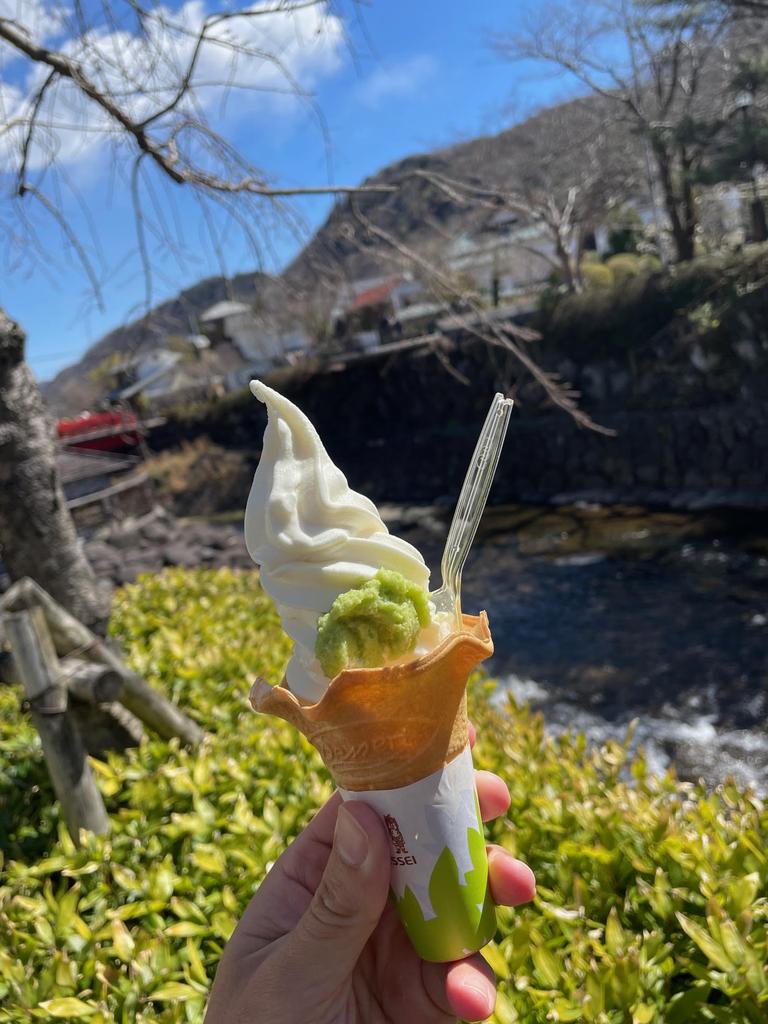

After two days and nights in this prefecture, barely seeing another foreign tourist, it’s time to leave. Boarding the Shinkansen from Mishima to Tokyo, in around 45 minutes I’ll be spat out at the famous Shinjuku train station for my next stop.
Spoiler alert: After this glorious respite, Shinjuku is immediate sensory overload, and as I battle my way through the crowds I struggle to even find the correct exit from the massive station to head in the direction of my next hotel. At one point I consider admitting defeat and unpacking my suitcase in a quiet corner of the station like Tom Hanks in Terminal.
It’s then I make a vow to myself: Next time I visit Japan, ‘off the tourist path’ will be the rule, rather than the exception.
The writer visited Shizuoka as a guest of Explore Shizuoka.





